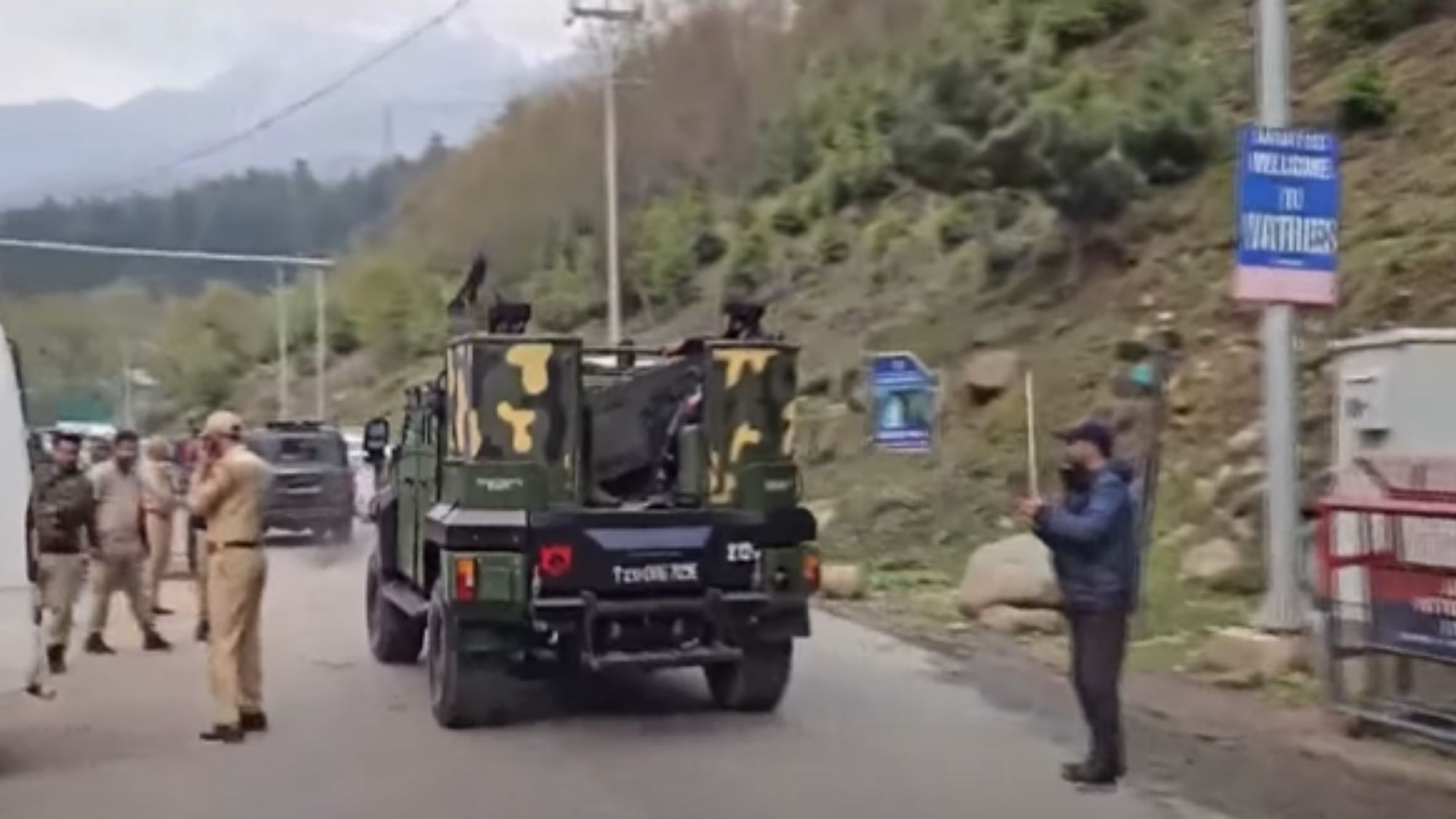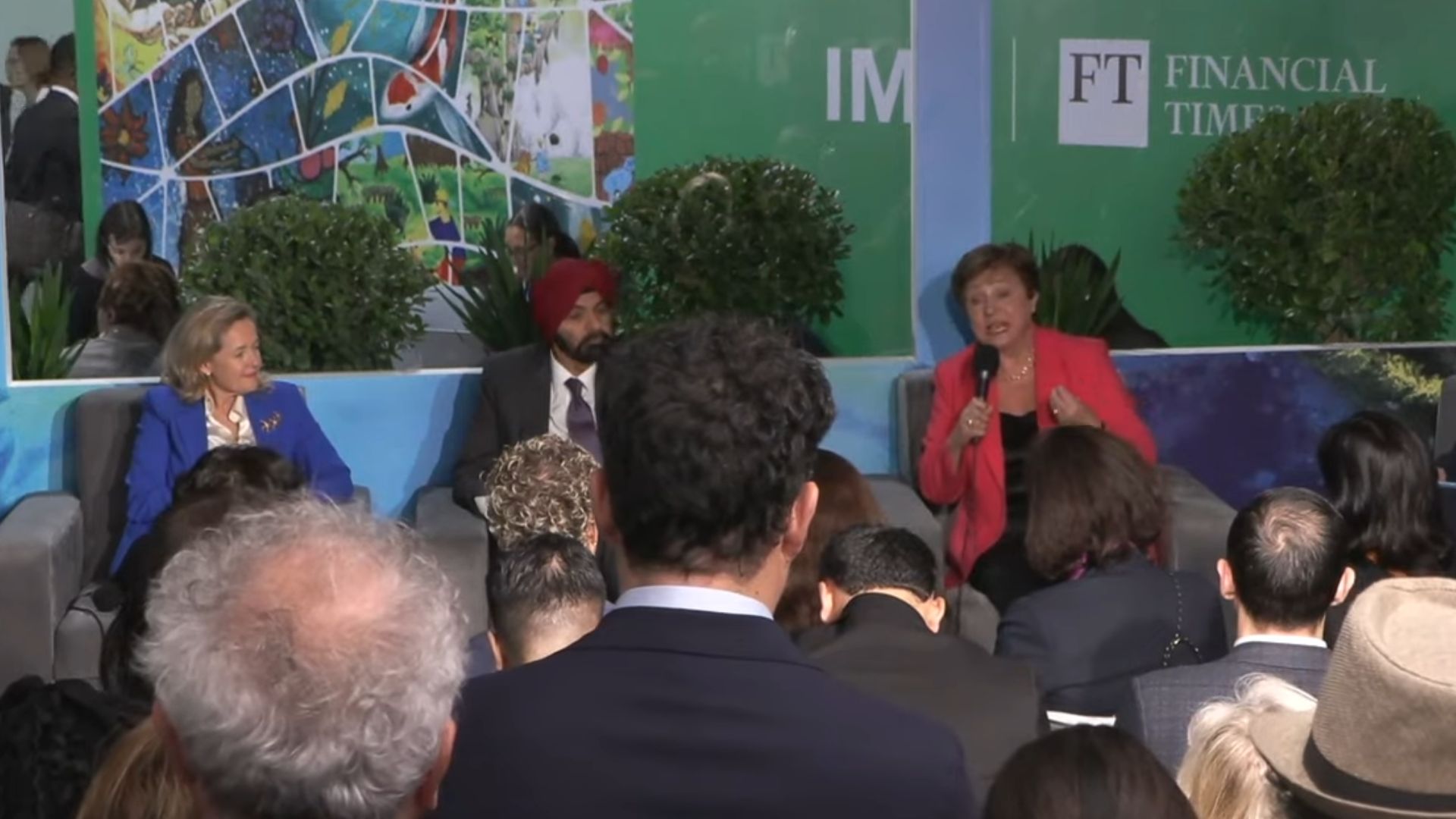NEW DELHI (Diya TV) — Vice President JD Vance began his first official visit to India this week with a powerful blend of diplomacy and cultural engagement, signaling a deepening bond between the world’s two largest democracies. Joined by his wife Usha Vance, the first Indian American Second Lady of the United States, and their three children, the vice president kicked off the four-day trip with a spiritual visit to Delhi’s Swaminarayan Akshardham Temple before holding high-stakes trade and defense talks with Indian Prime Minister Narendra Modi.
The Vance family—children Ewan, Vivek, and Mirabel included—explored the majestic temple complex for about an hour on Monday morning. Dressed in traditional Indian attire, the children captured the attention of both local media and visitors. The temple, a sprawling monument to Indian craftsmanship and spirituality along the Yamuna River, served as a symbolic first stop in India.
“Thank you all so much for your hospitality and kindness in welcoming me and my family to this beautiful place,” Vance wrote in the temple’s guest book, according to The Times of India. “It is a great credit to India that you built a beautiful temple with precision and care. Our kids, in particular, loved it. God bless.”
Temple officials and volunteers guided the Vances through the complex, highlighting the Gajendra Peeth, a plinth adorned with intricately carved elephants symbolizing strength and wisdom. “He was deeply moved by the experience,” temple volunteer Meera Sondagar told PTI, adding that Vance felt “a sense of peace” during his visit.
The Akshardham Temple, inaugurated in 2005, honors Bhagwan Swaminarayan, whom devotees revere as an incarnation of Lord Vishnu. The site has become a top destination for international dignitaries; former British Prime Minister Rishi Sunak and wife Akshata Murty visited during their India tour last year.
Later in the day, Indian Union Minister Ashwini Vaishnaw received the Vance family at Delhi airport ahead of a closed-door meeting between Vice President Vance and Prime Minister Modi. The talks, held at Modi’s official residence, focused on advancing a long-anticipated bilateral trade agreement, with both leaders acknowledging “significant progress,” according to an Indian government statement.
The meeting came at a pivotal moment, as President Donald Trump’s administration recently paused a 26% tariff on Indian imports—part of a broader trade policy aimed at recalibrating global supply chains in response to U.S.-China tensions. The temporary tariff suspension, currently set for 90 days, has created an opening to finalize a “win-win” trade deal.
Bloomberg reported that negotiators are targeting a comprehensive agreement by the end of May, quoting an unnamed Indian official familiar with the talks. The proposed deal aims to double two-way trade to $500 billion by 2030 and streamline market access across sectors such as technology, energy, manufacturing, and agriculture.
Modi and Vance also addressed defense collaboration. With India designated as a “Major Defense Partner,” Washington has eased restrictions on sensitive technology transfers. While the official readout offered few details, the context includes previous U.S. proposals to supply India with F-35 fighter jets and deepen undersea warfare cooperation.
Energy cooperation featured prominently as well. Last month, the U.S. Department of Energy greenlit Holtec International—led by Indian American entrepreneur Krishna P. Singh—to work with India on nuclear plant development. Holtec’s Pune-based subsidiary is expected to spearhead the initiative.
Technology investments rounded out the agenda. U.S. firms increasingly view India as a manufacturing hub, especially for electronics, as they seek alternatives to Chinese supply chains. The momentum behind this shift gained further traction following a recent call between Modi and Tesla CEO Elon Musk, who hinted at a visit to India later this year to explore opportunities for Tesla, Starlink, and SpaceX.
The meeting also gave Vance a platform to update Indian leaders on U.S. diplomatic efforts related to global conflicts, including the wars in Ukraine and Gaza. Both governments reaffirmed their commitment to “dialogue and diplomacy,” per the Indian statement.
Prime Minister Modi later posted on social media that he and Vance reviewed the “fast-paced progress” following Modi’s visit to Washington earlier this year, reaffirming their commitment to cooperation across trade, technology, defense, and people-to-people exchanges. “The U.S.-India partnership,” Modi wrote, “will be a defining partnership of the 21st century for a better future of our people and the world.”
The Vance family ended the evening at a private dinner hosted by Modi, joined by senior Indian cabinet ministers. Their itinerary will continue with visits to Jaipur and Agra, echoing the cultural diplomacy traditions of previous international leaders.
As both nations aim to finalize the first tranche of their trade pact by July, expectations are high. President Trump is expected to visit India later this year for the Quad Leaders’ Summit—an event that may well hinge on the success of these trade negotiations.




